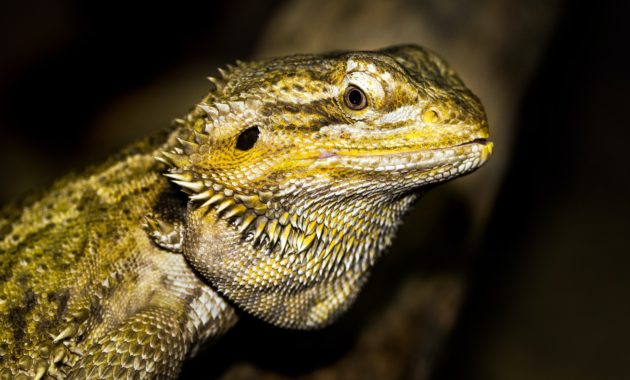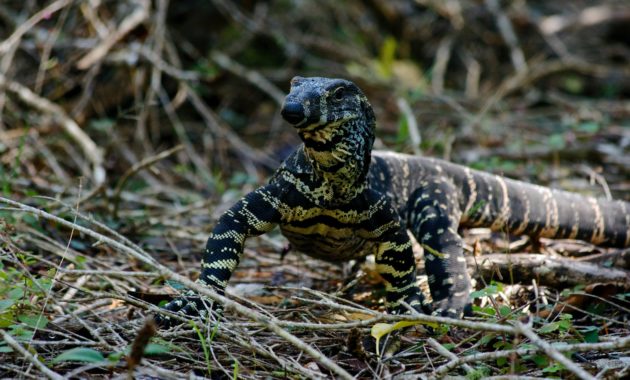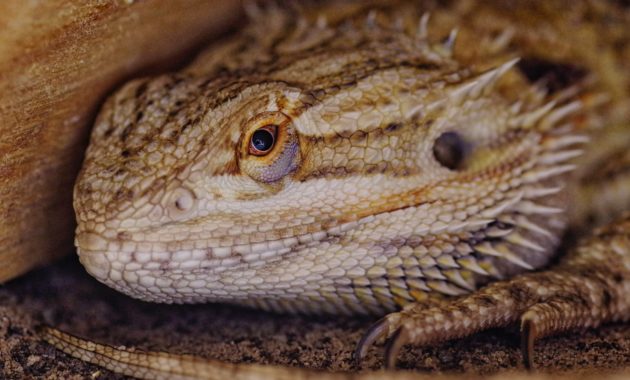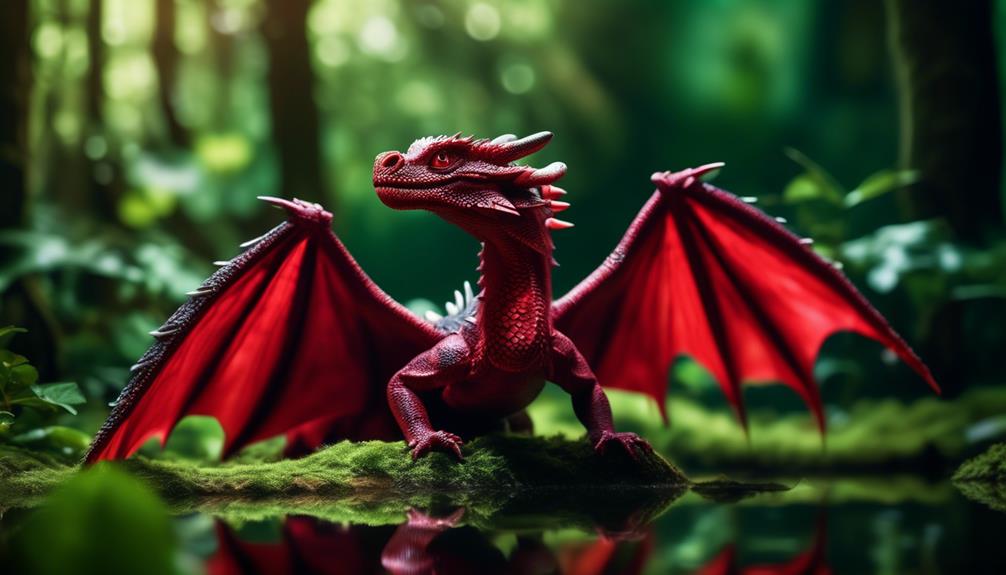
Welcome to the fascinating realm of Rankin’s Dragons, where we embark on a journey to uncover the astonishing world of these enigmatic creatures.
Nestled in the heart of Central Queensland, Australia, these diurnal lizards have captivated the attention of reptile enthusiasts with their unique adaptations and striking physical attributes.
From their preferred habitat in the black soil plains to their behavior in captivity, we will delve into various aspects of their lives.
Moreover, we will explore the growing popularity of Rankin’s Dragons as pets, particularly for those seeking a captivating companion within limited space.
Prepare to be amazed as we unveil the secrets of this astonishing species.
Key Takeaways
- Rankin’s Dragons are diurnal, terrestrial lizards native to Central Queensland, Australia.
- They have adapted to the black soil plains of Central Queensland with a dry climate and sparse vegetation.
- Rankin’s Dragons have a variety of common names, reflecting their popularity and recognition as a pet reptile.
- They are a good alternative to larger species for pet owners with space limitations, and their adaptability to captivity makes them suitable as pets.
General Description and Habitat
Rankin’s Dragons are diurnal, terrestrial lizards native to Central Queensland, Australia. These reptiles typically reach a length of approximately 30 centimeters (12 inches). They are primarily found in the black soil plains of Central Queensland, which are characterized by a dry climate and cracked clay substrate.
The sparse vegetation in their habitat has shaped their adaptations. Rankin’s Dragons have a large and rounded head, with short and spiny scales on their back. Their tail is relatively short, with short spines at the base. The coloration of these dragons varies from brown to gray tones, with a pale belly, pale spots on both sides of the spine, and a ringed pattern on the tail.
Their unique characteristics and origin make them popular among reptile enthusiasts, particularly those with space limitations.
Common Names

The common names associated with Rankin’s Dragons reflect their characteristics and origin in Central Queensland, Australia. These names highlight the popularity and recognition of this species, as different names may be used in different regions or by different communities. Here are some of the common names used for Rankin’s Dragons:
| Common Names | Meaning |
|---|---|
| Black-ground bearded dragons | Refers to their preference for black soil plains |
| Stocky dragon | Describes their robust and sturdy build |
| Downs bearded dragon | Named after the Downs region in Central Queensland |
| Lawsons dragon | Honors the naturalist Robert Lawson |
| Pygmy bearded dragon | Indicates their small size compared to other bearded dragon species |
| Dwarf bearded dragon | Highlights their diminutive stature |
These names not only provide information about the physical characteristics of Rankin’s Dragons but also give insights into their natural habitat and the people who have observed and named them.
Physical Characteristics
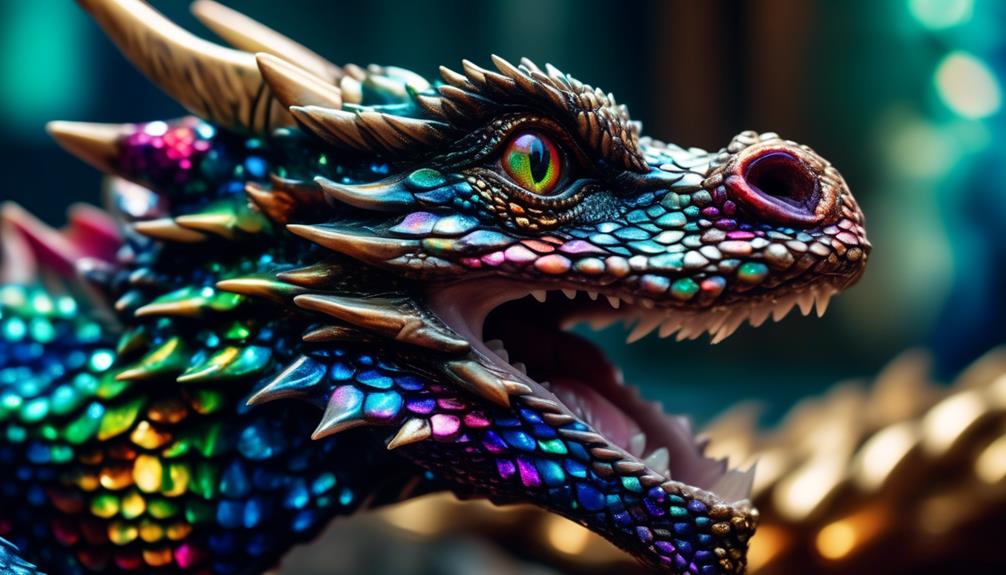
With a large and rounded head, Rankin’s Dragons possess distinct physical characteristics that set them apart from other lizard species. These unique features contribute to their overall appearance and make them fascinating creatures to observe. Here are three notable physical characteristics of Rankin’s Dragons:
- Absent or minimal beard: Unlike other bearded dragon species, Rankin’s Dragons have a less prominent or even absent beard. This distinguishes them from their close relatives and adds to their individuality.
- Short and spiny scales: The scales on their back are short and spiny, giving them a textured and rugged appearance. This feature provides them with protection and aids in their camouflage within their natural habitat.
- Short-tailed with spines: Rankin’s Dragons have relatively short tails with short spines at the base. This unique tail structure adds to their overall body shape and assists in their locomotion and balance.
These physical characteristics contribute to the distinctive appearance of Rankin’s Dragons, making them a captivating species to study and appreciate.
Behavior and Care in Captivity
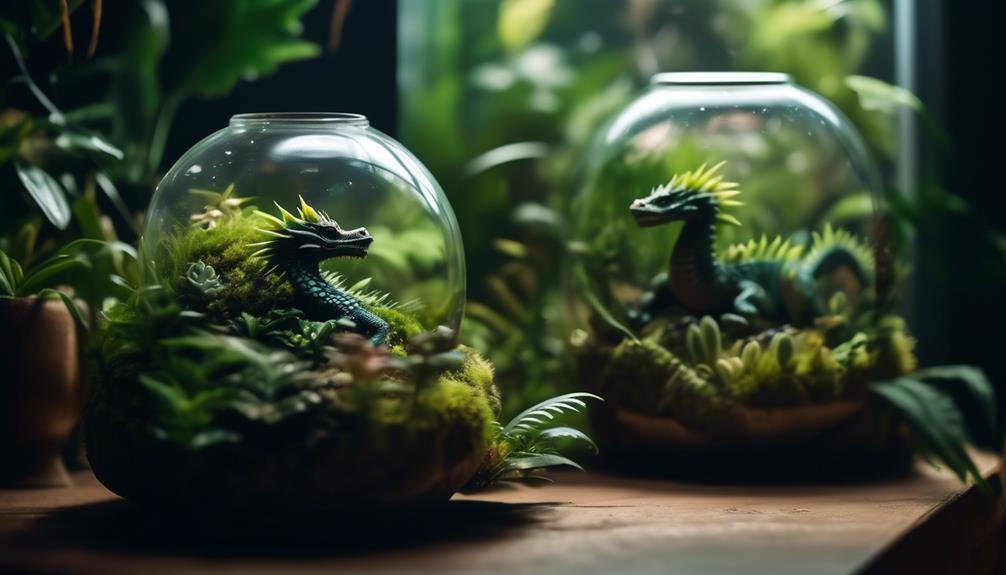
When kept in captivity, Rankin’s Dragons require specific care and attention to ensure their well-being. These lizards are generally less demanding than larger species, making them a good alternative for pet owners with space limitations. However, their adaptability to captivity does not exempt them from the need for proper care. Here are some key considerations for providing optimal care for Rankin’s Dragons:
| Aspects of Care | Recommendations |
|---|---|
| Enclosure Size | Provide a spacious enclosure with a minimum size of 36 x 18 x 18 inches to allow for movement. |
| Temperature and Lighting | Maintain a temperature gradient of 95-100°F on the warm side and 75-80°F on the cool side. |
| Substrate and Habitat | Use a substrate that mimics cracked clay and provide hiding spots, branches, and basking areas. |
| Diet and Hydration | Offer a varied diet of insects, vegetables, and fruits, and ensure access to clean water at all times. |
Pet Ownership and Popularity

Rankin’s Dragons have gained significant popularity among pet owners due to their adaptability to life in captivity. These fascinating creatures have captured the hearts of many reptile enthusiasts, and here are three reasons why they have become such beloved pets:
- Low space requirements: Rankin’s Dragons are a great choice for pet owners with limited space. Unlike larger reptiles, they do not require a large enclosure, making them suitable for apartments or smaller homes.
- Easy to care for: While they still require specialized attention and care, Rankin’s Dragons are generally less demanding than larger lizard species. They have specific dietary and habitat requirements but can thrive with proper care and attention.
- Unique characteristics: Rankin’s Dragons possess distinct physical characteristics, such as their rounded head and spiny scales. Their unique appearance, combined with their small size, makes them an attractive choice for reptile enthusiasts looking for something different.
The popularity of Rankin’s Dragons is evident in the variety of common names associated with them. This widespread recognition and the reptiles’ adaptability contribute to their growing popularity among pet owners.
Frequently Asked Questions
What Is the Lifespan of Rankin’s Dragons in Captivity?
The lifespan of Rankin’s Dragons in captivity can vary, but on average they can live for 6 to 10 years. However, with proper care, some individuals have been known to live up to 15 years or more.
What Are the Dietary Requirements of Rankin’s Dragons?
Rankin’s Dragons have specific dietary requirements. In captivity, they should be fed a varied diet consisting of live insects, leafy greens, and vegetables. Calcium and vitamin supplements should also be provided to ensure their nutritional needs are met.
Do Rankin’s Dragons Require Any Specific Heating or Lighting Conditions in Captivity?
Rankin’s Dragons require specific heating and lighting conditions in captivity. They need a basking spot with a temperature of 95-100°F and a UVB light for proper calcium metabolism. These conditions are essential for their health and well-being.
How Often Do Rankin’s Dragons Shed Their Skin?
Rankin’s Dragons shed their skin approximately once every 4-6 weeks. Shedding is a natural process that allows for growth and the removal of old skin. Proper humidity and hydration levels are essential for successful shedding in captivity.
Are Rankin’s Dragons Prone to Any Specific Health Issues or Diseases?
Rankin’s Dragons are generally hardy and adaptable reptiles. However, like any pet, they can be prone to specific health issues and diseases. Regular veterinary check-ups and proper care are crucial in maintaining their overall health and well-being.
Are Rankin’s Dragons Also Colorful like Other Lizards?
Rankin’s Dragons, also known as Rankin’s rock dragons, are indeed part of the colorful world discovery. These charming lizards showcase a vivid palette of colors, ranging from earthy browns to vibrant greens and even shades of blue. Their striking hues serve as effective camouflage in their natural habitat, making them an intriguing addition to the diverse spectrum of colorful reptiles.
Conclusion
In conclusion, Rankin’s Dragons are fascinating lizards native to Central Queensland, Australia. Their unique physical characteristics and preferred habitat make them an intriguing species to study and observe.
In captivity, they require special care and attention to ensure their well-being. Despite their small size, Rankin’s Dragons have gained popularity as pets, especially for reptile enthusiasts with limited space. Their adaptability and captivating features continue to make them a beloved choice among pet owners.

